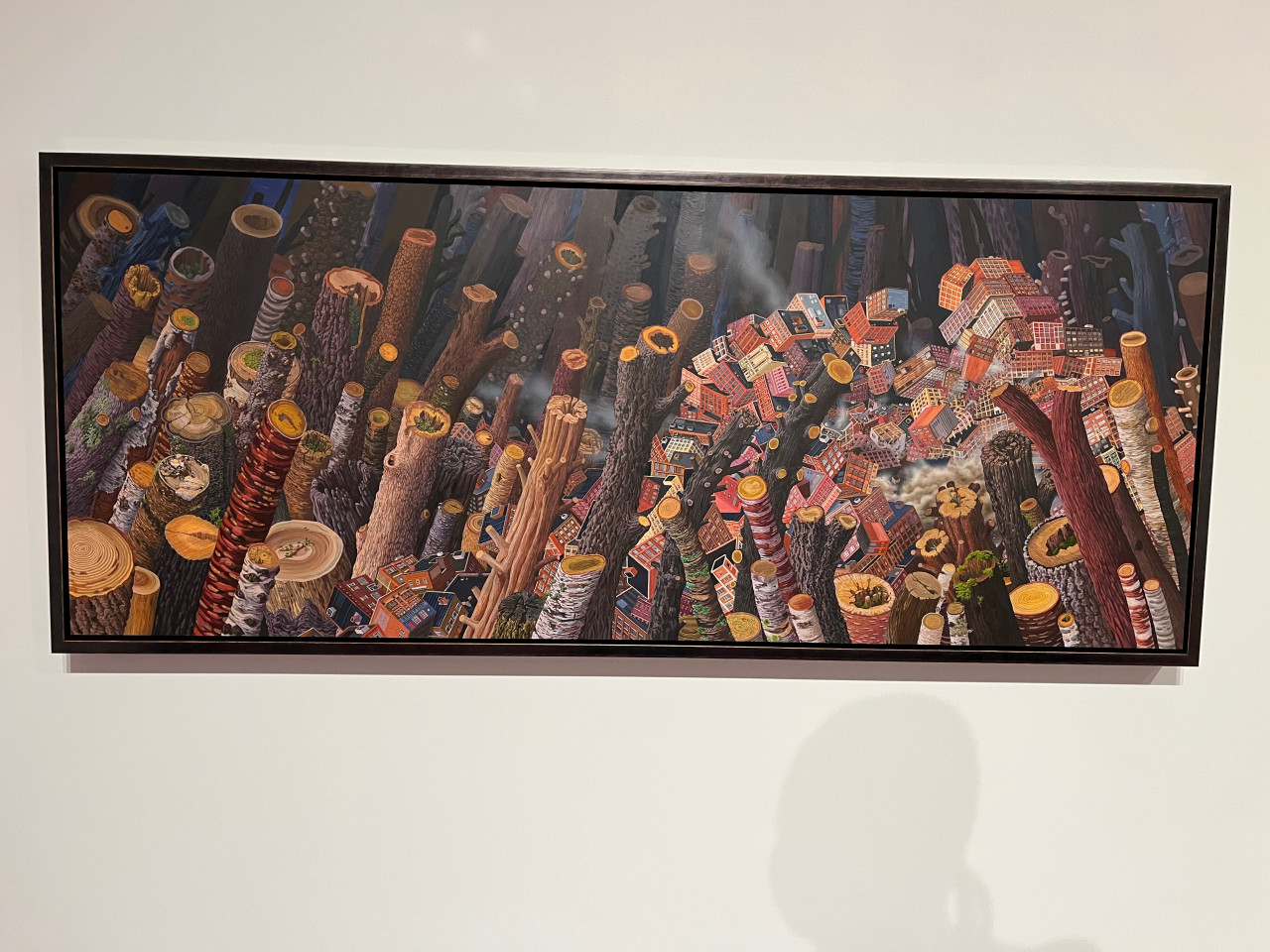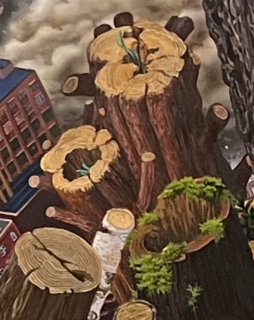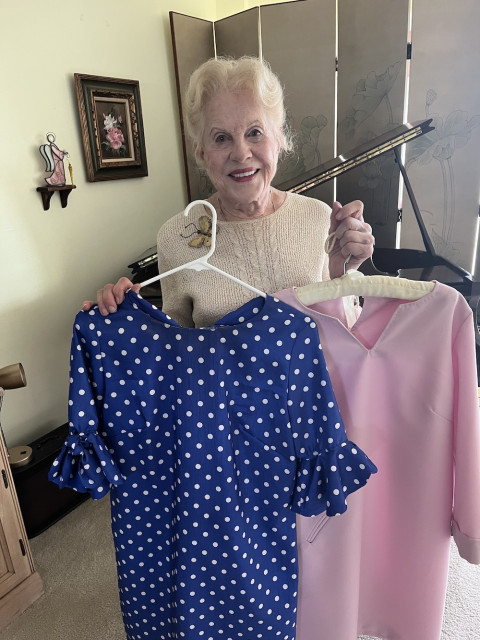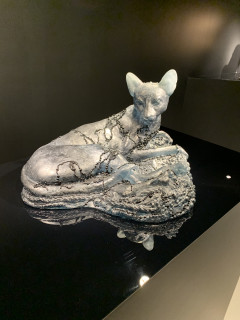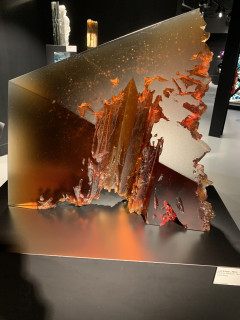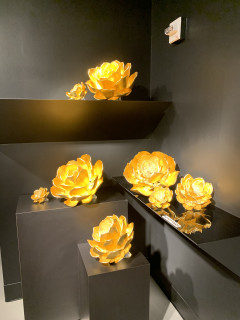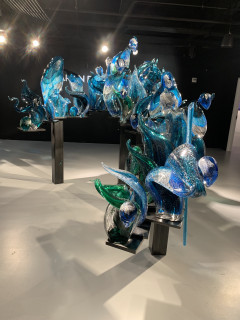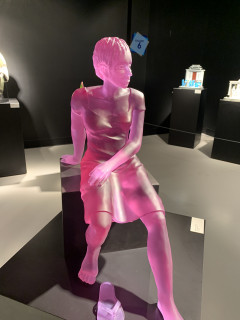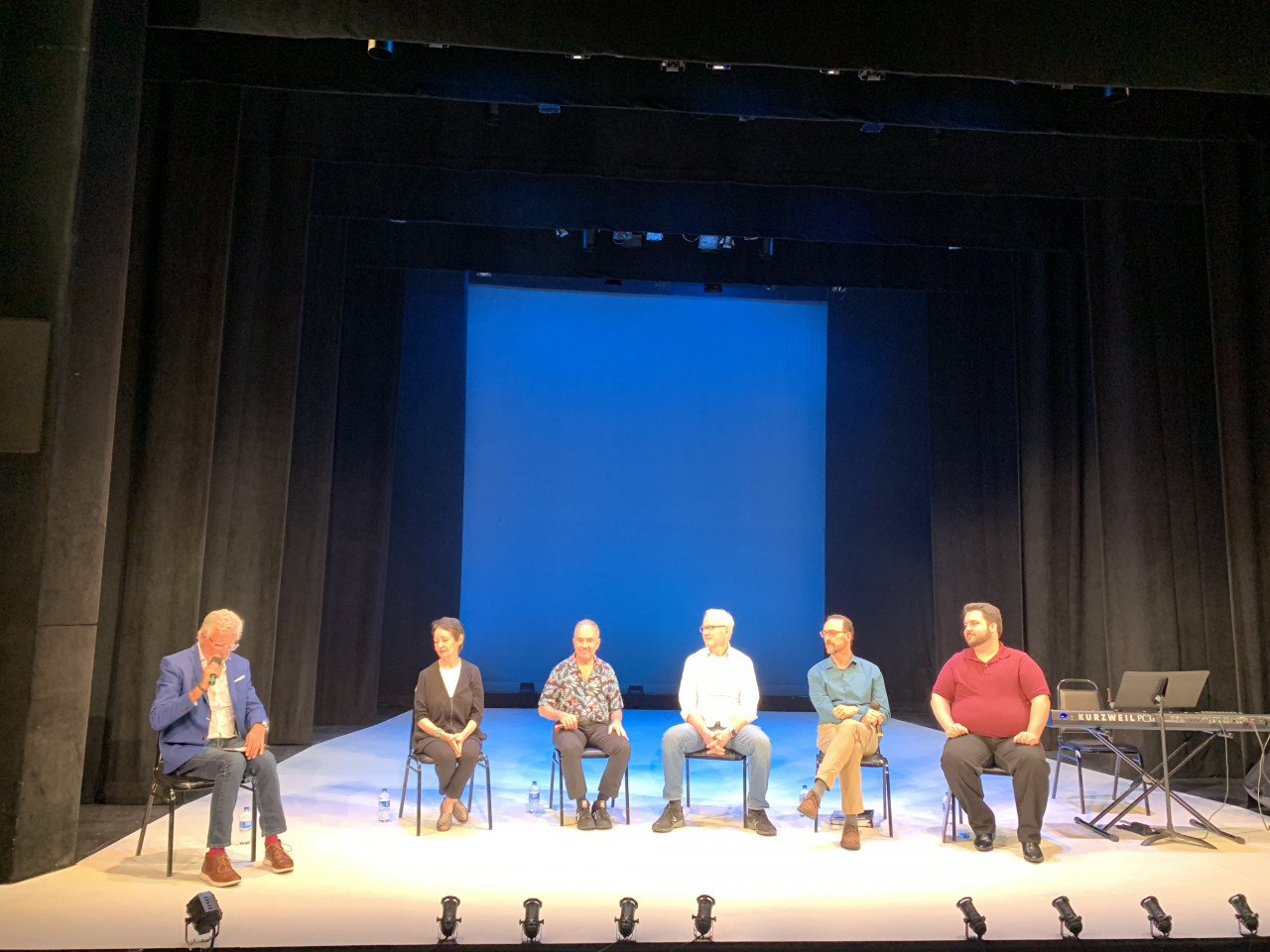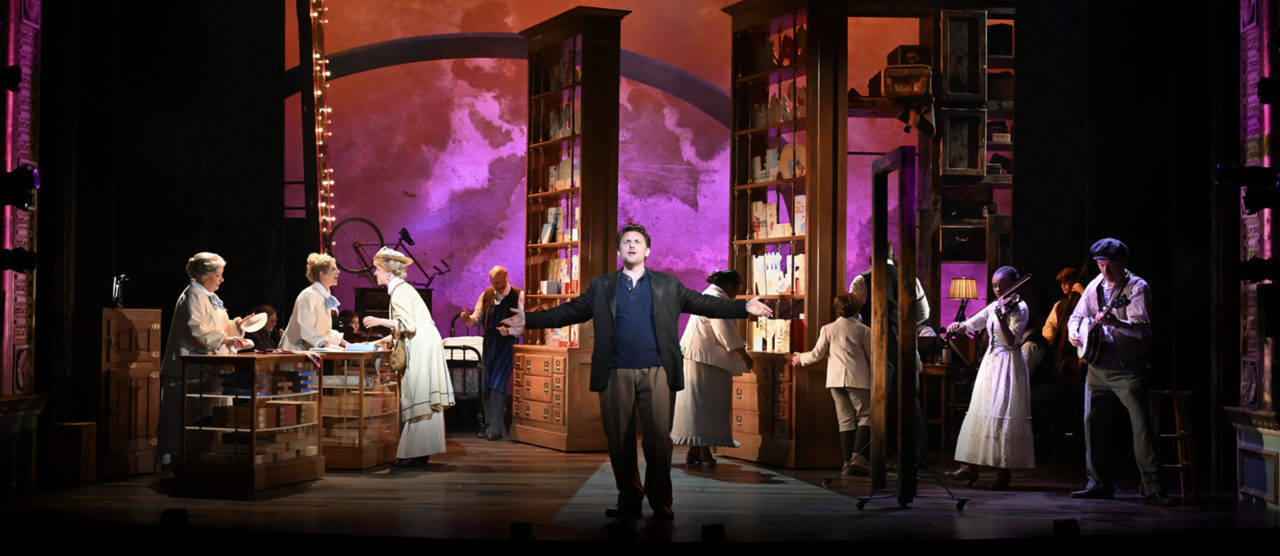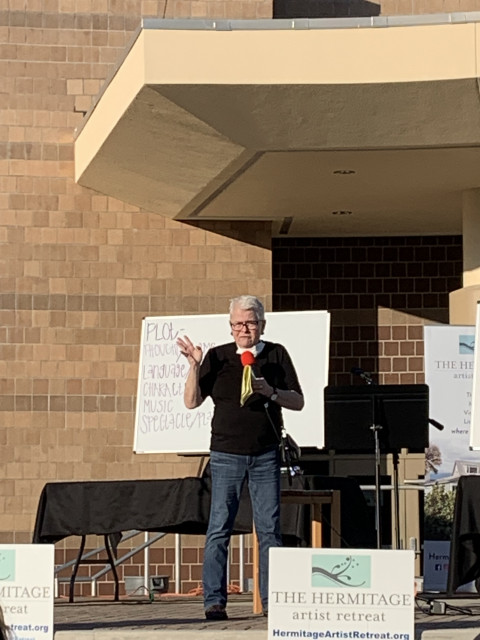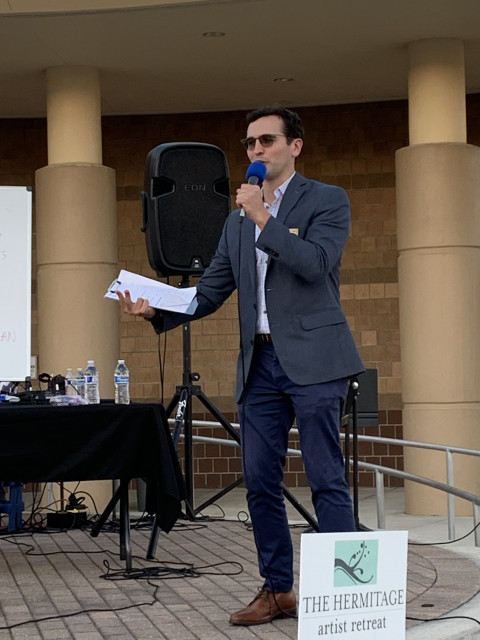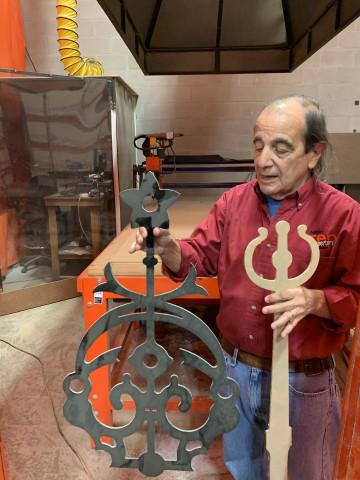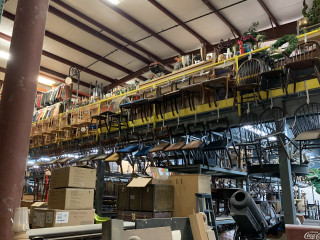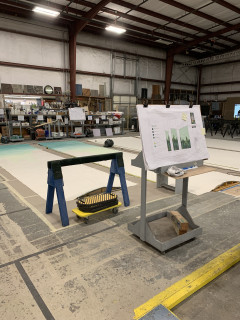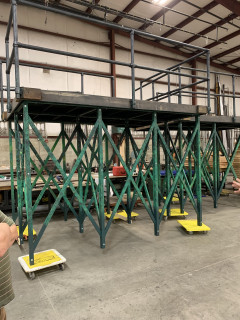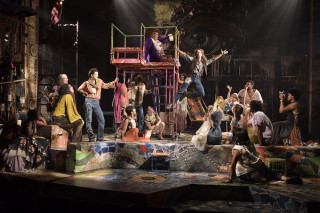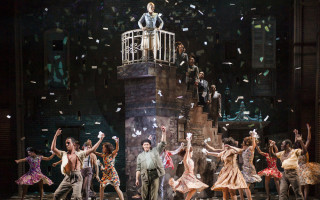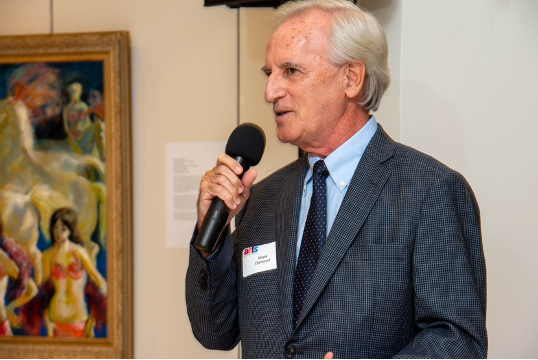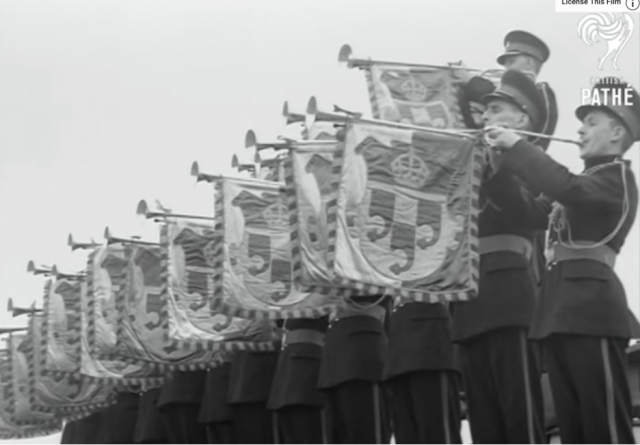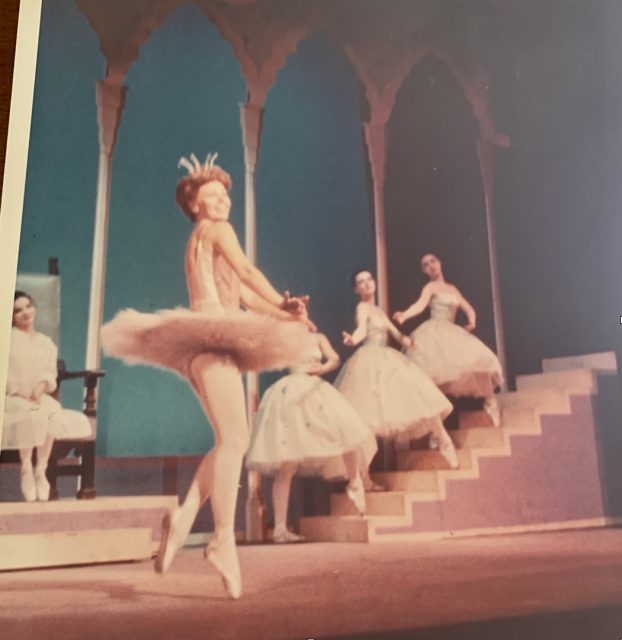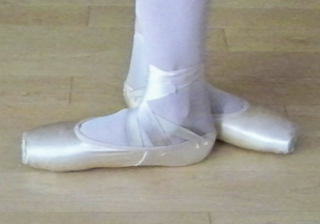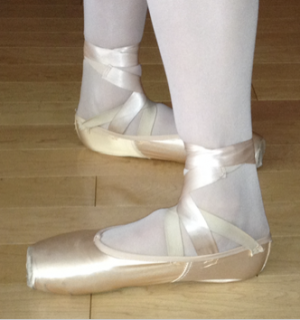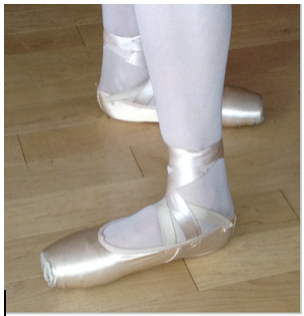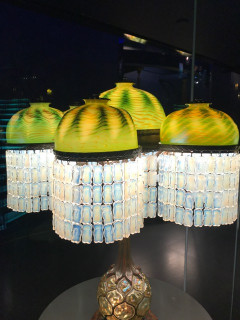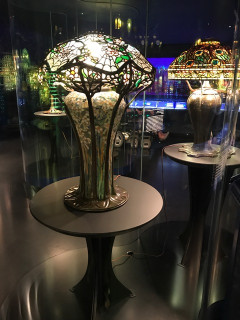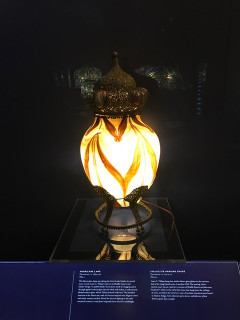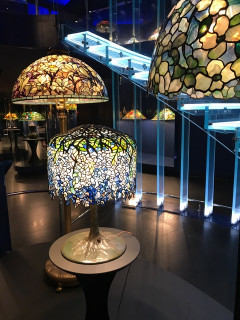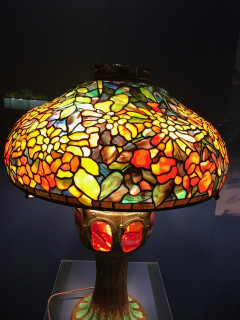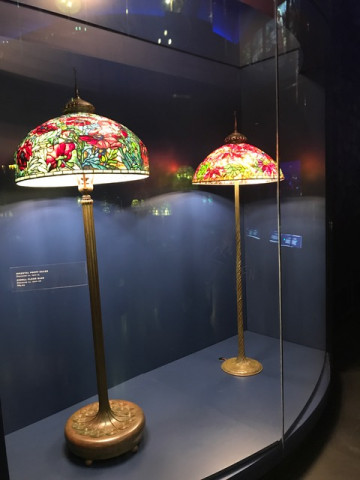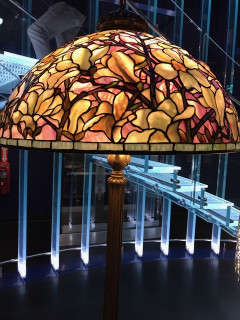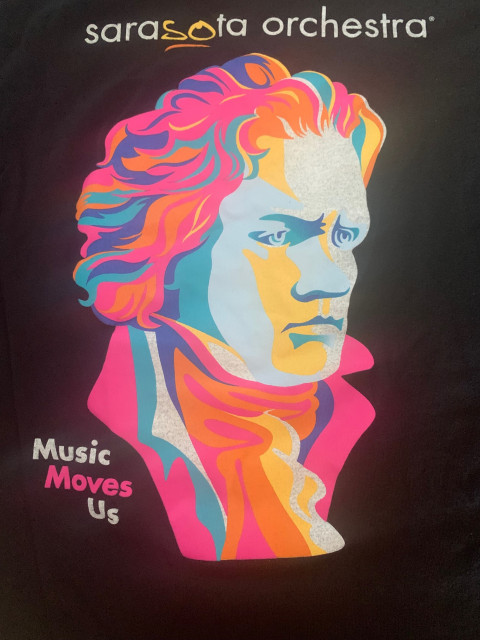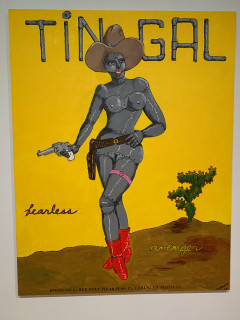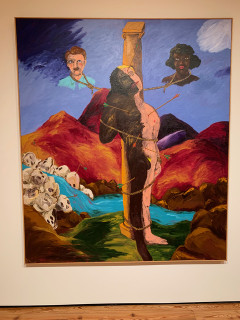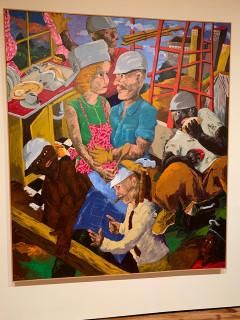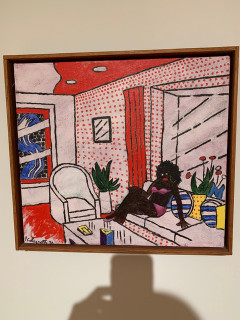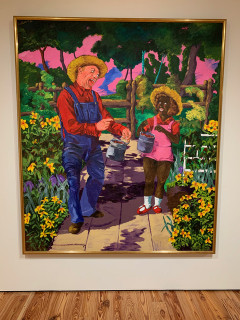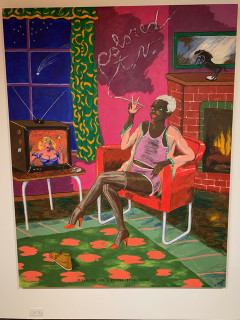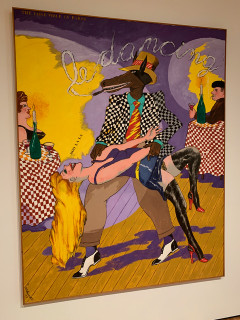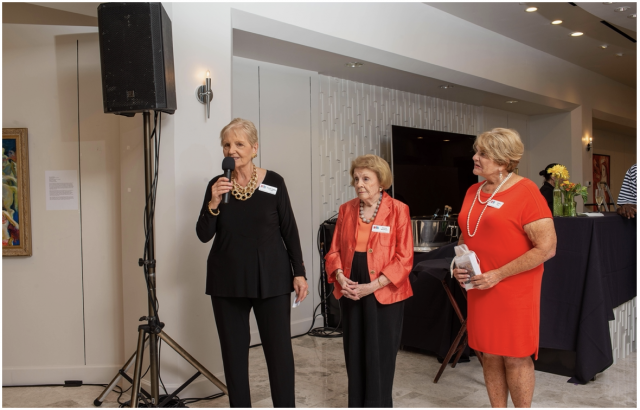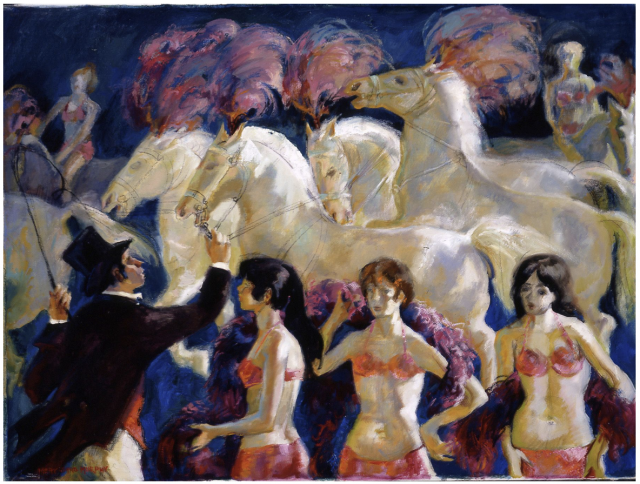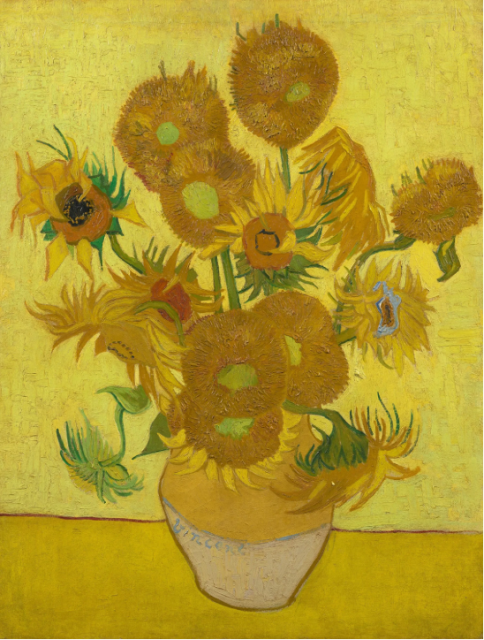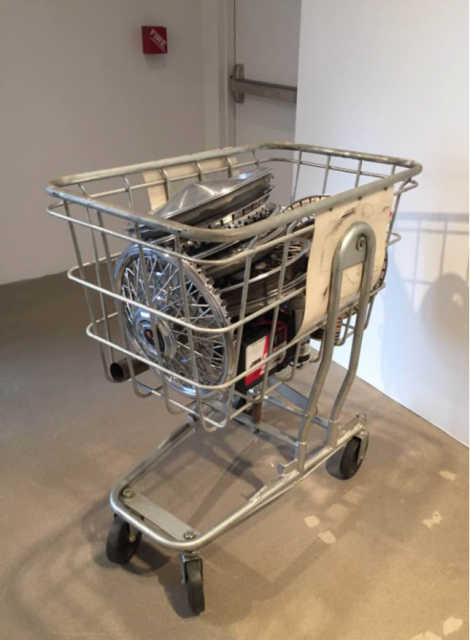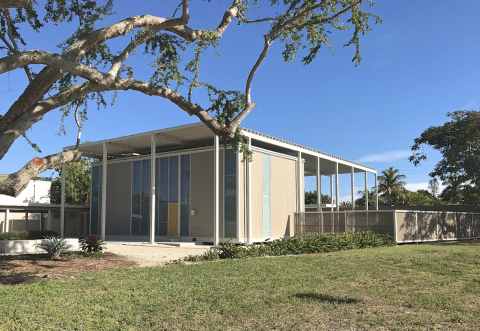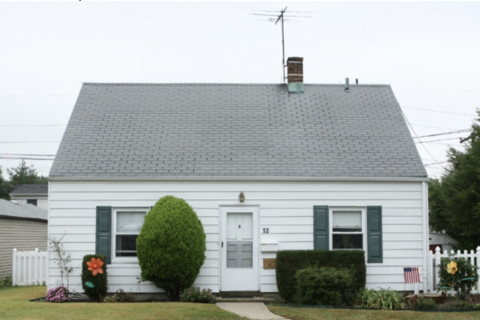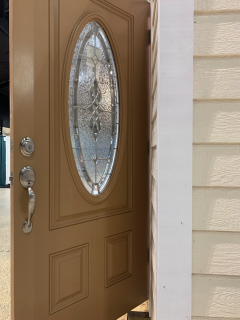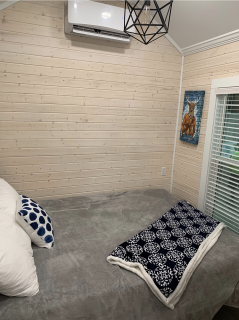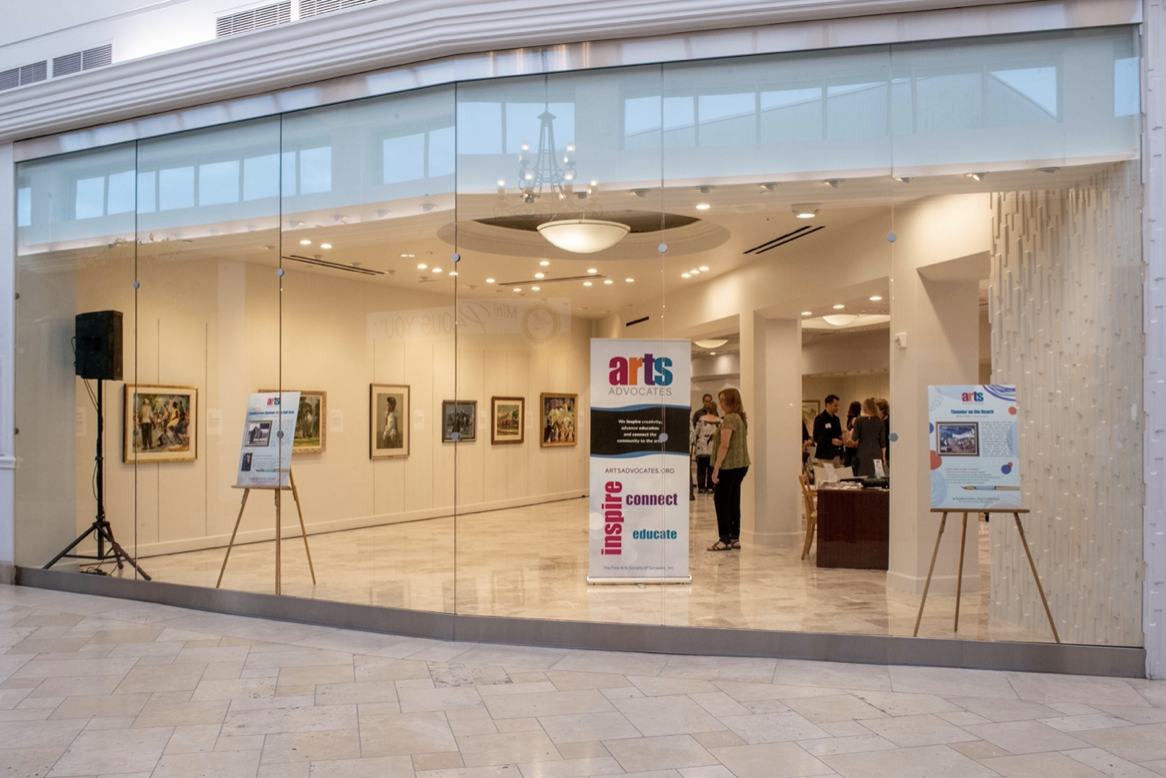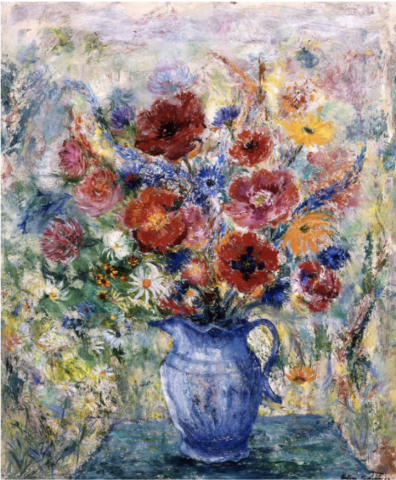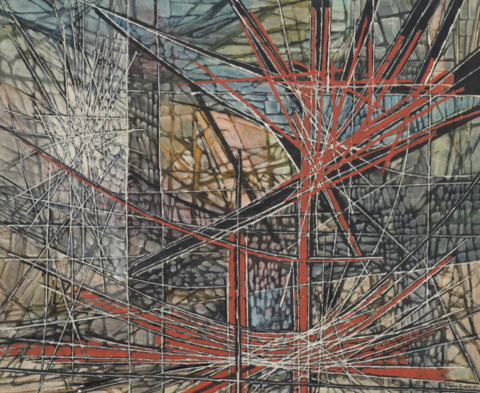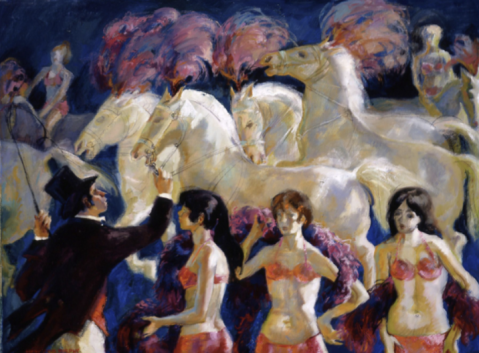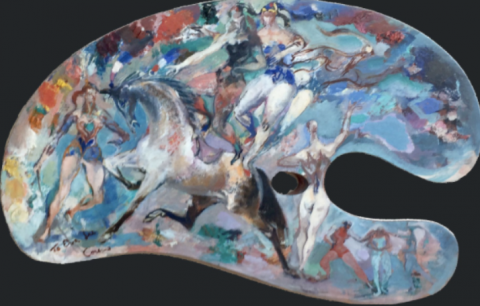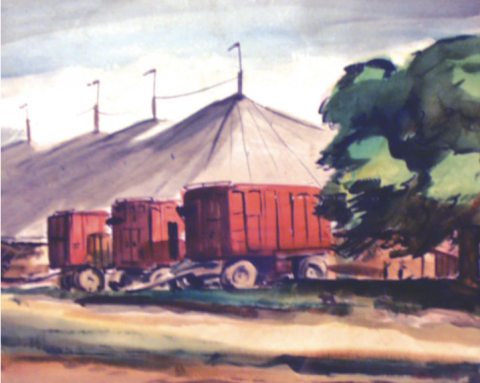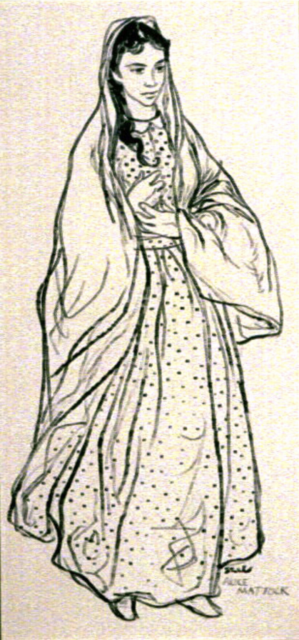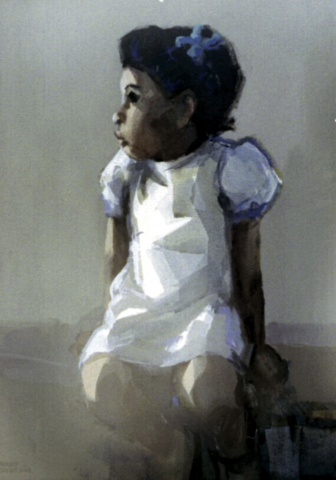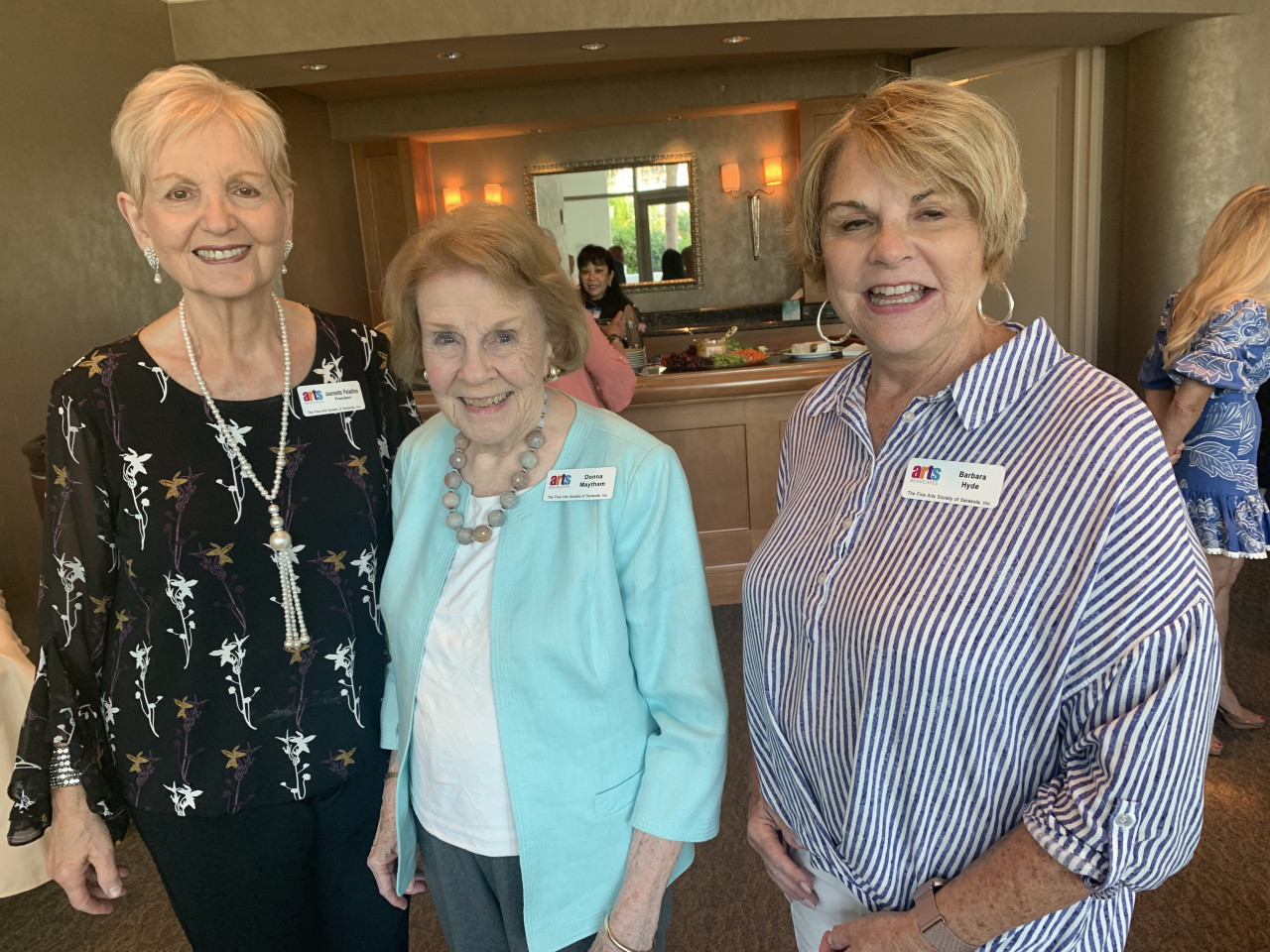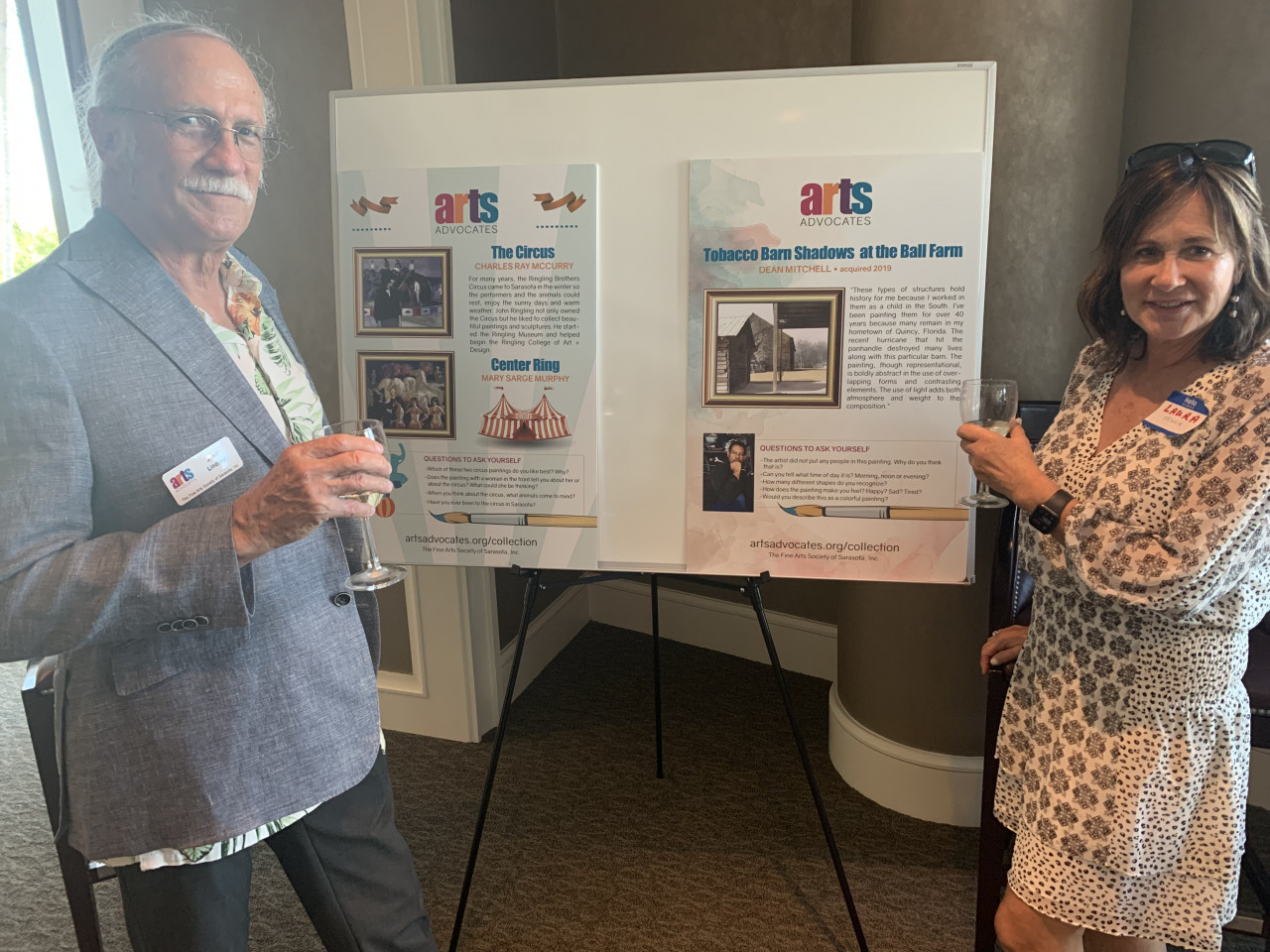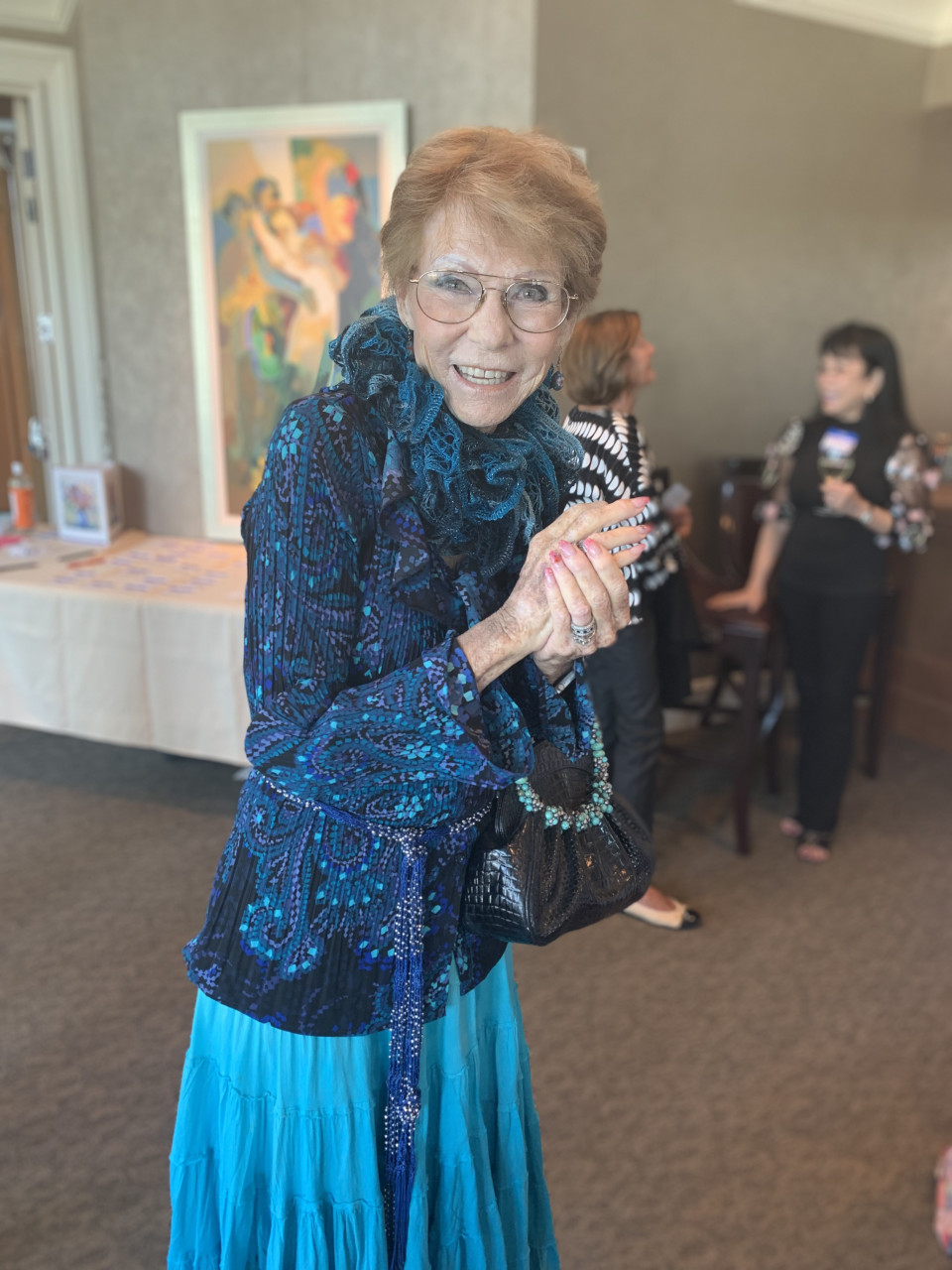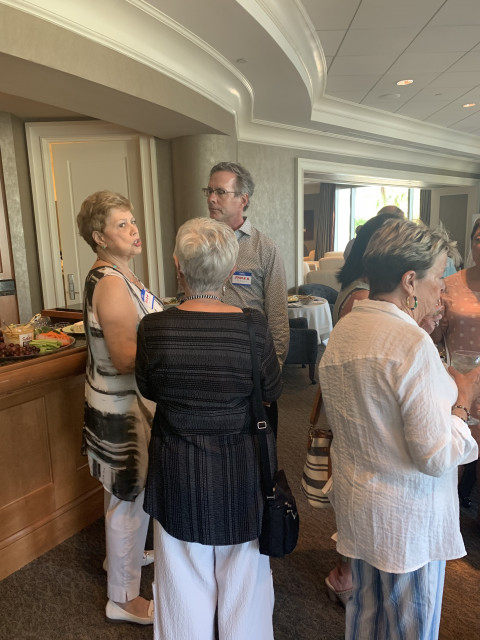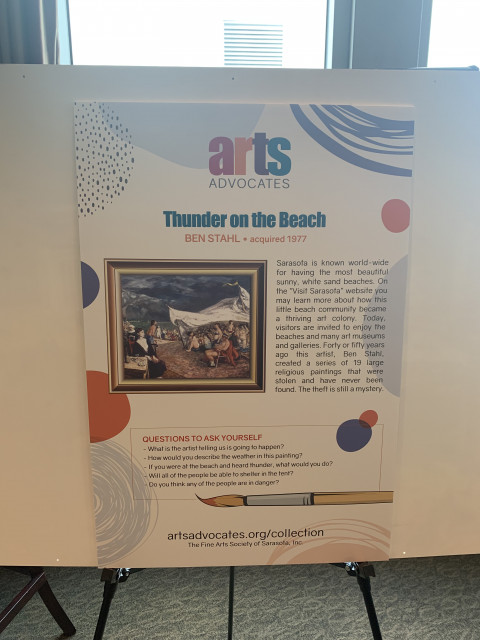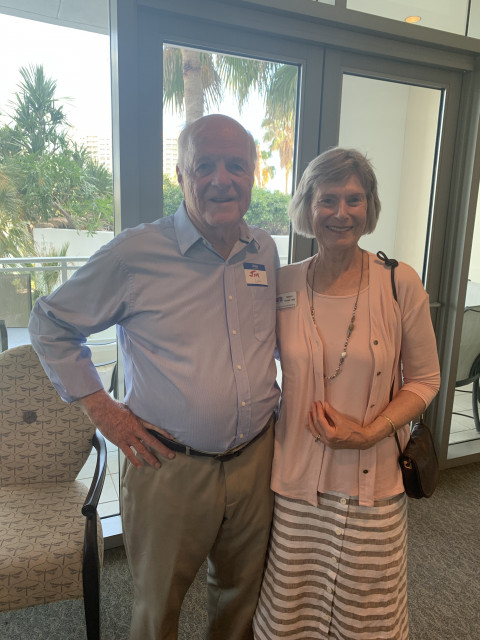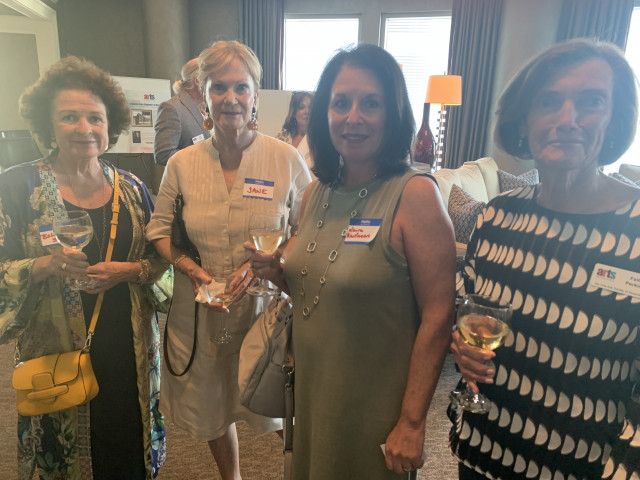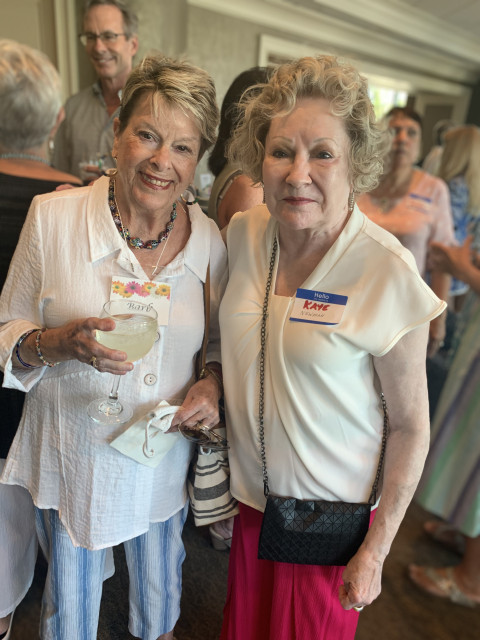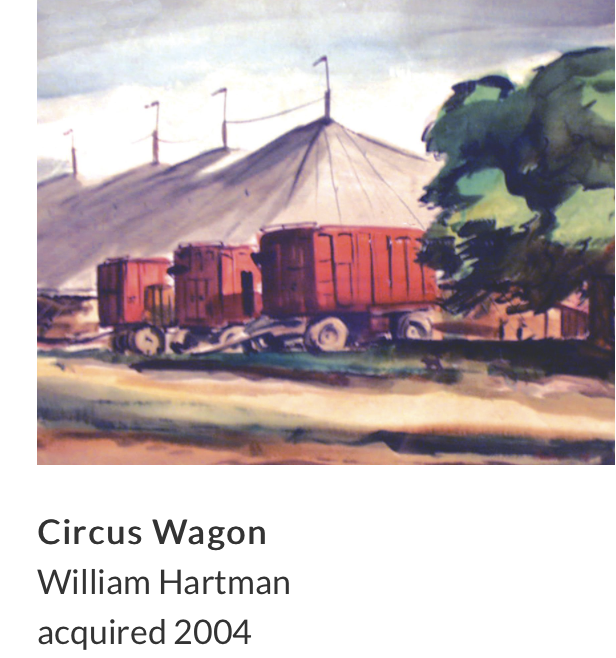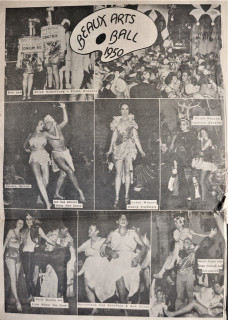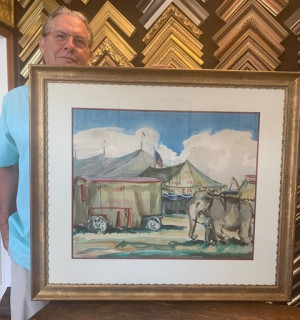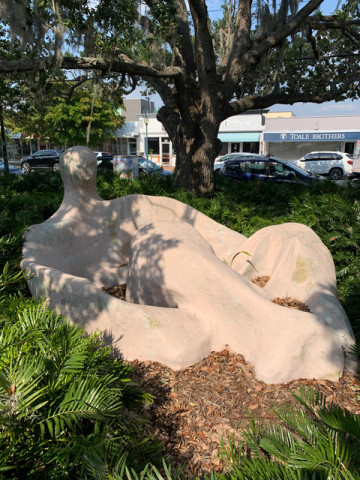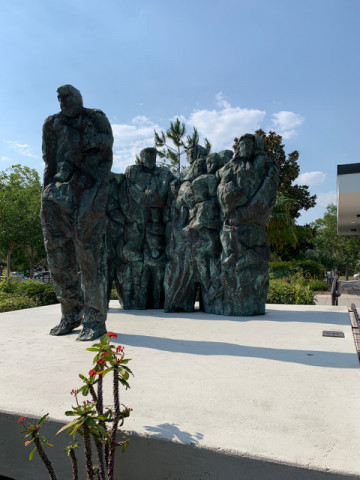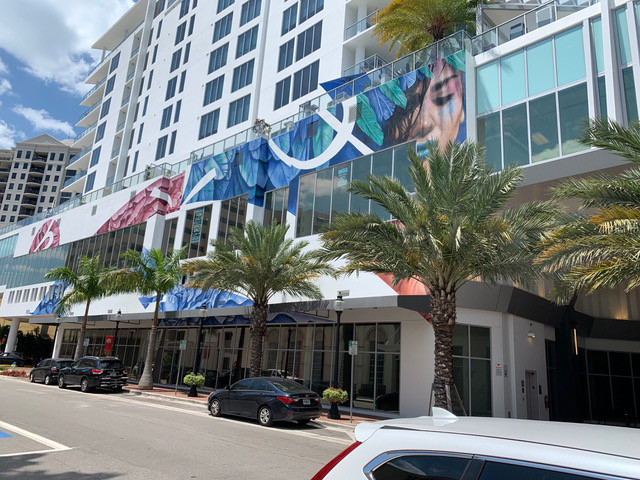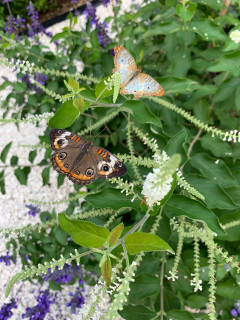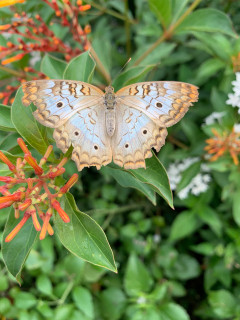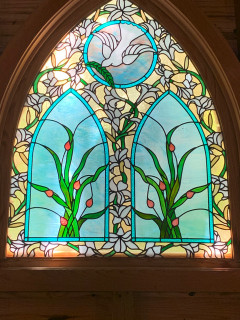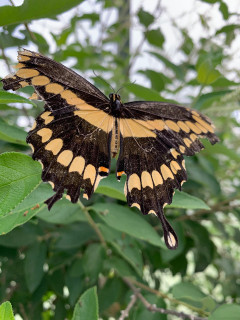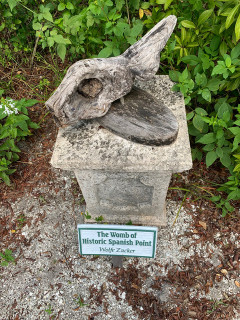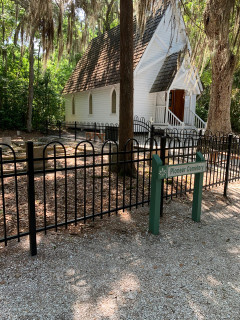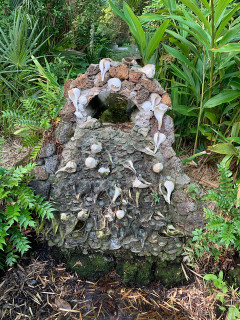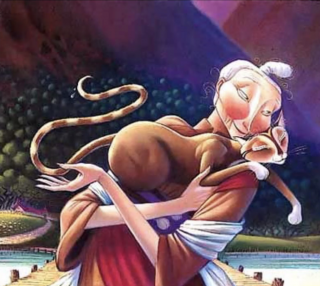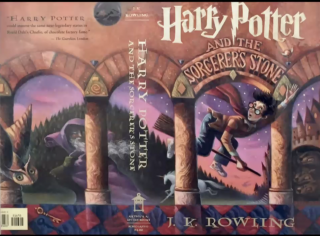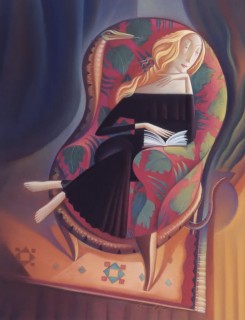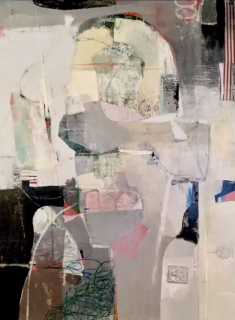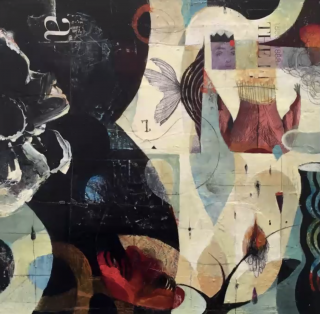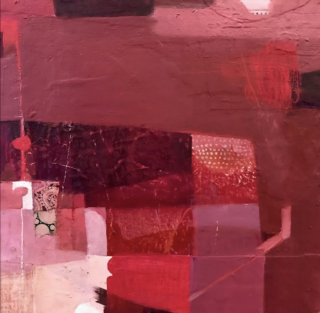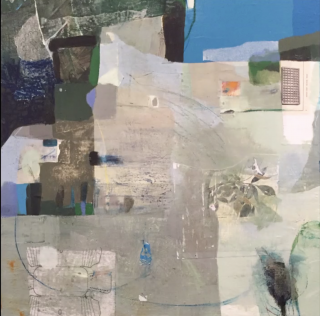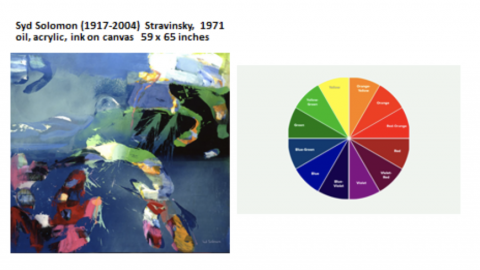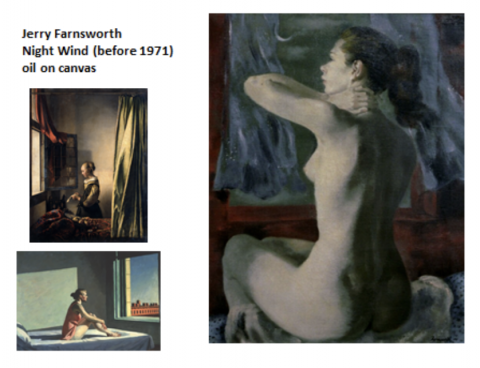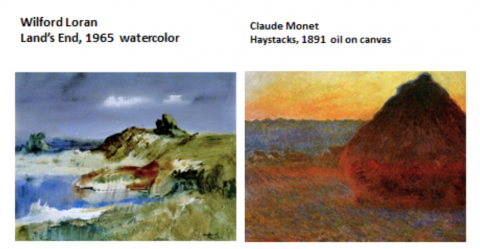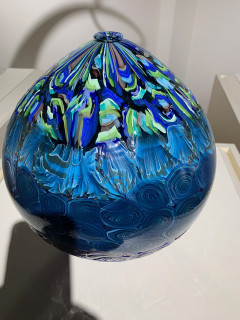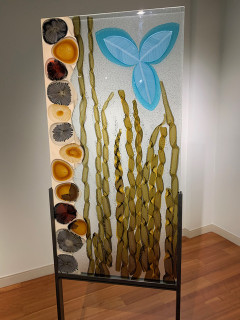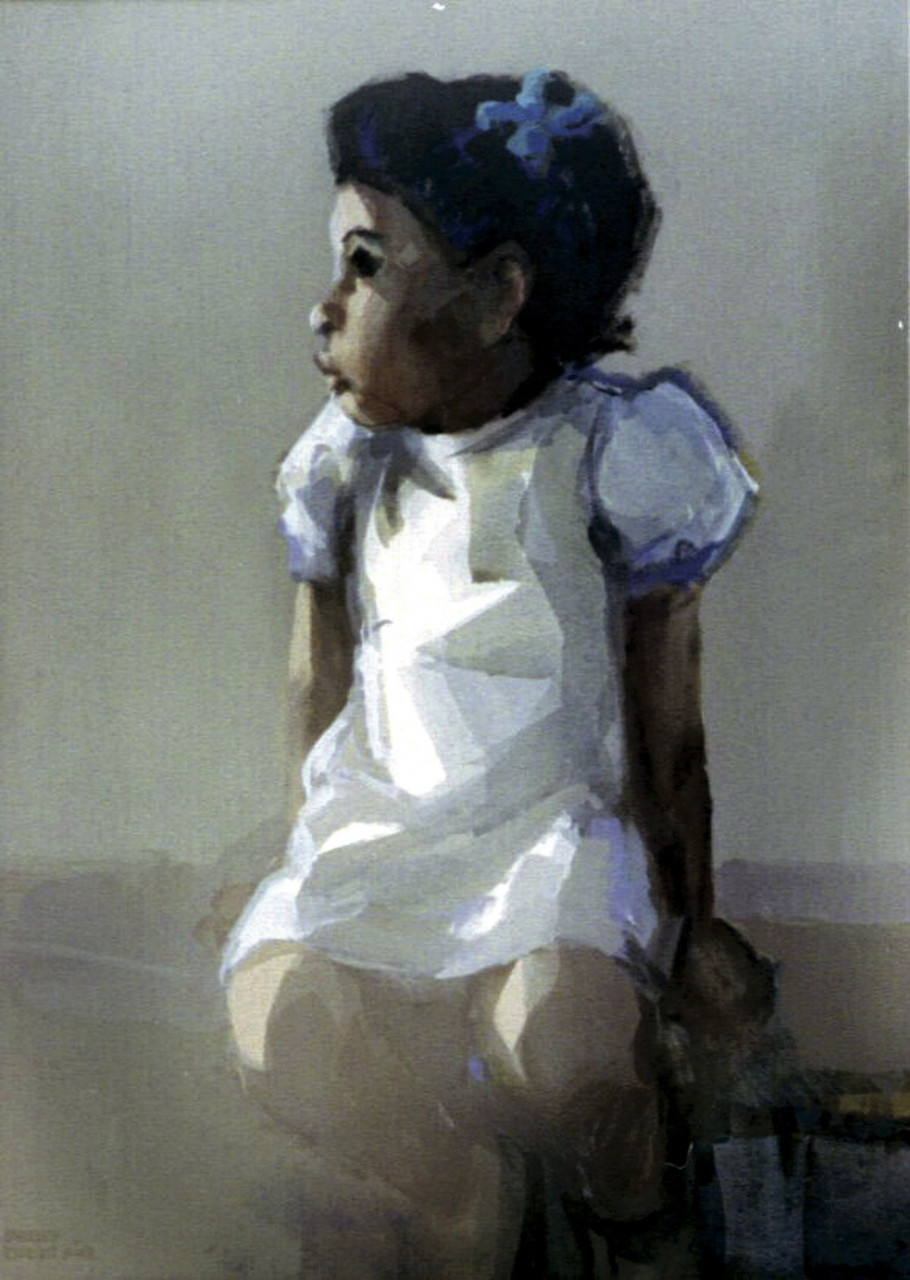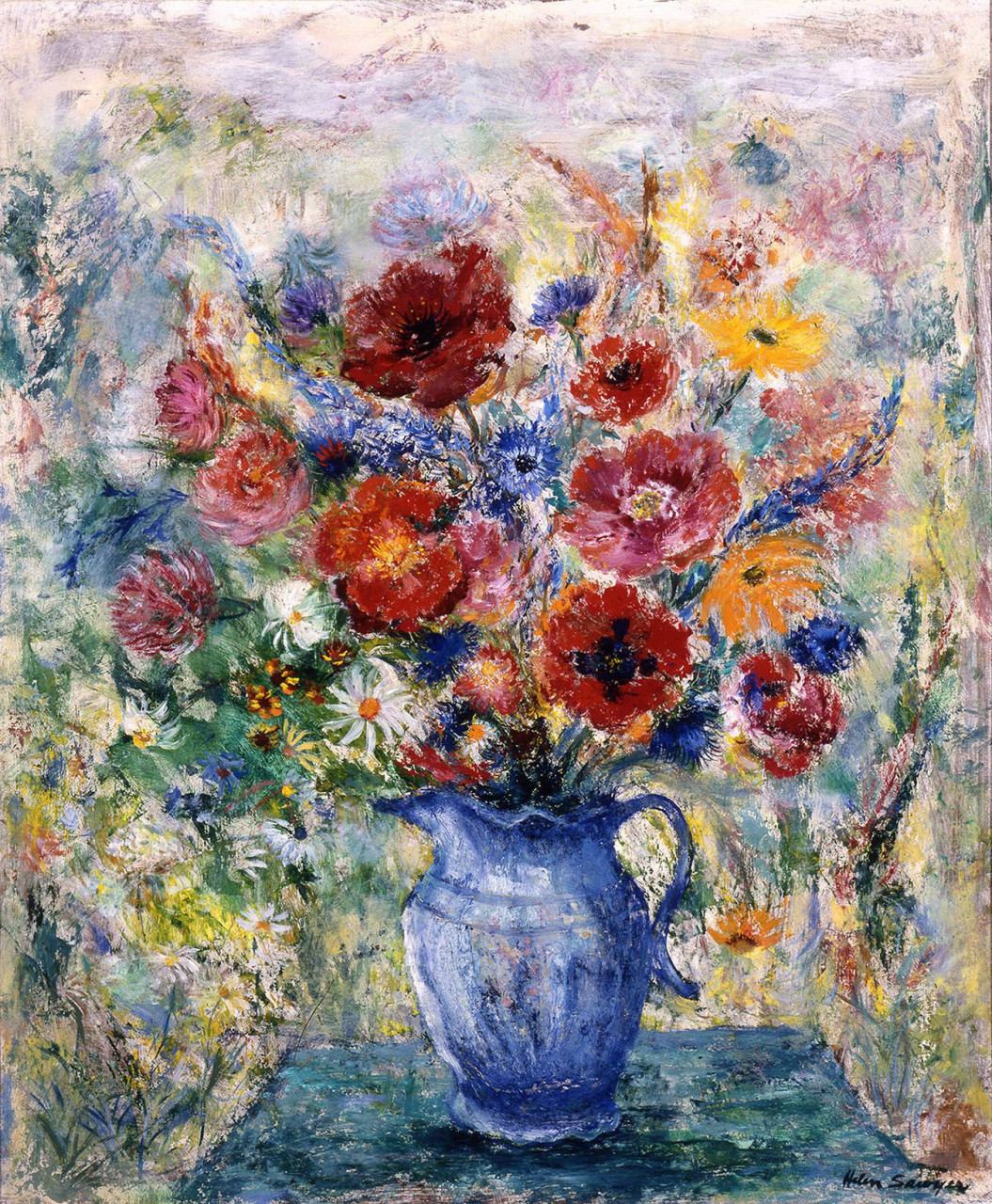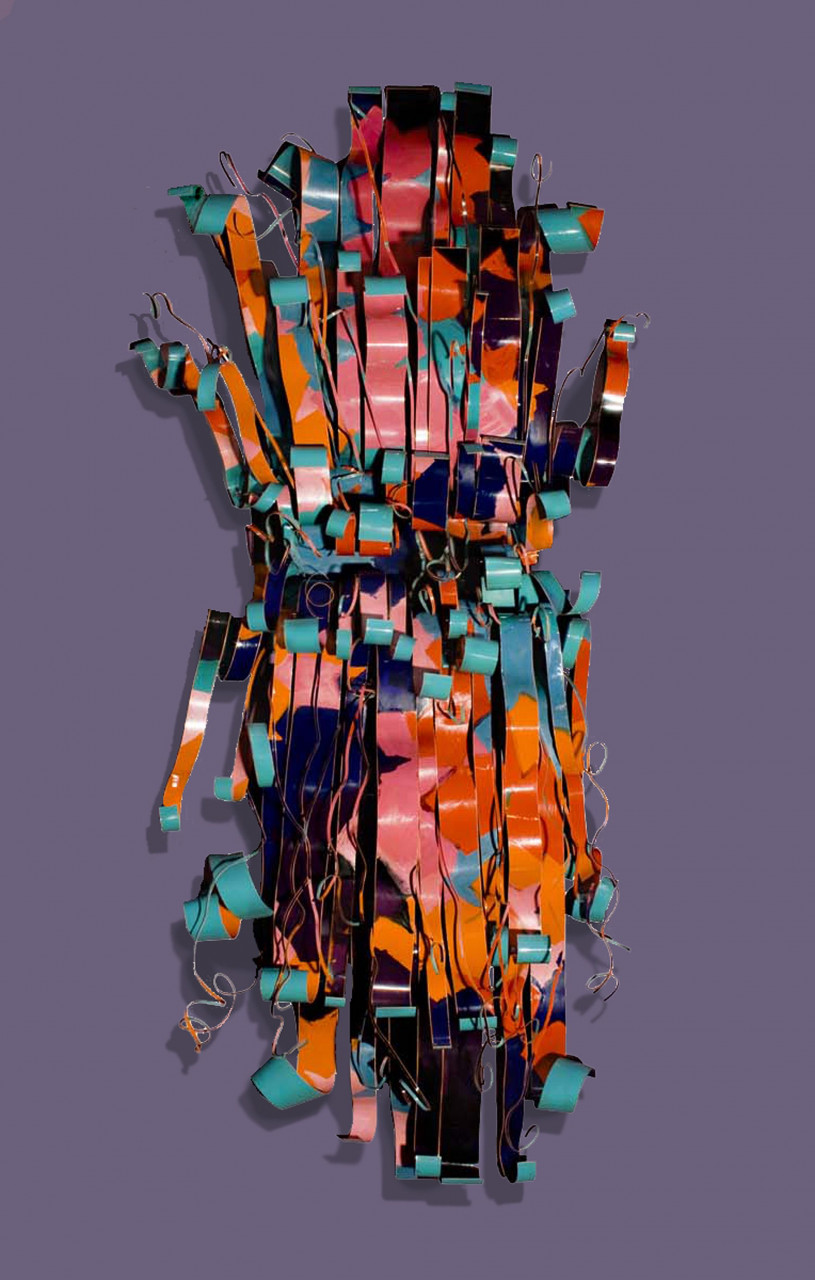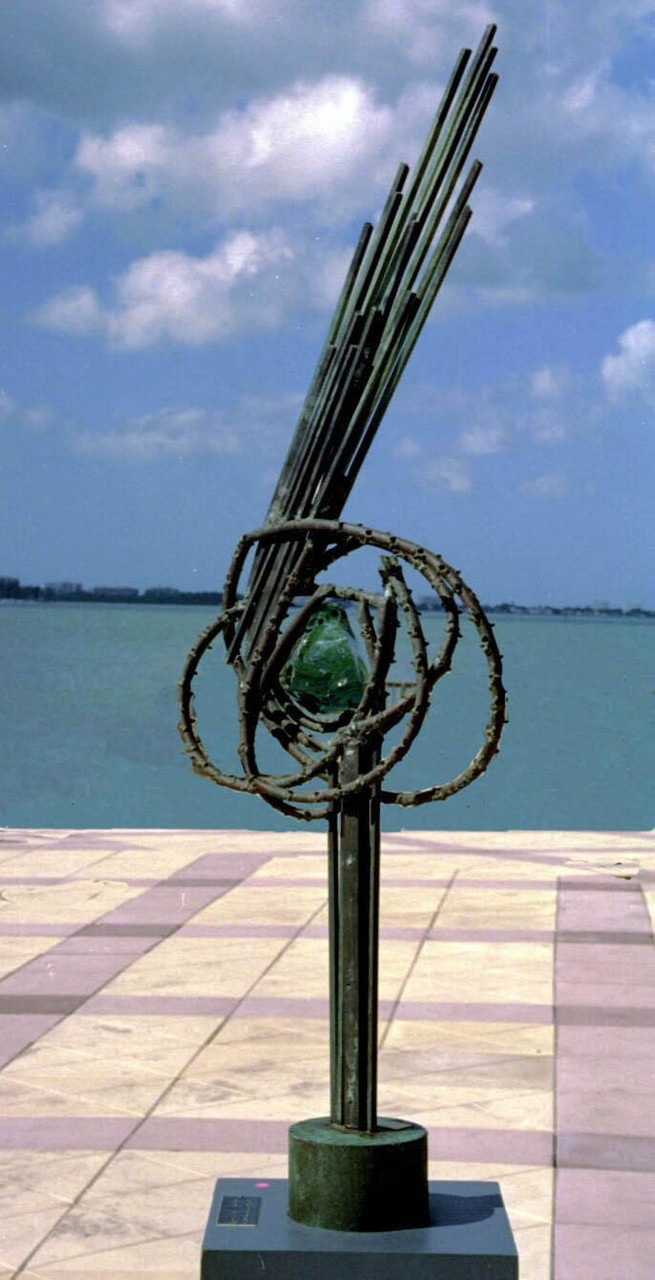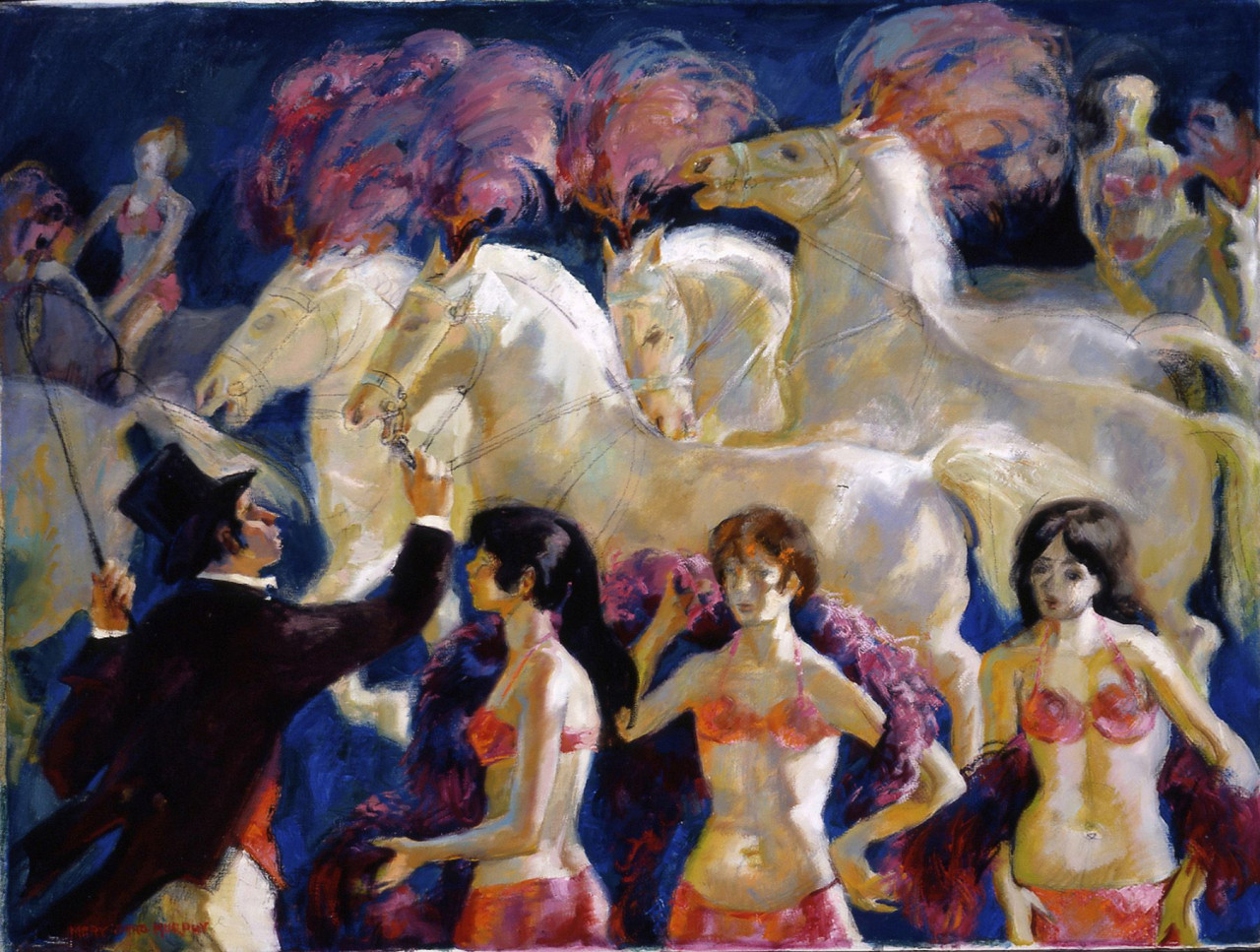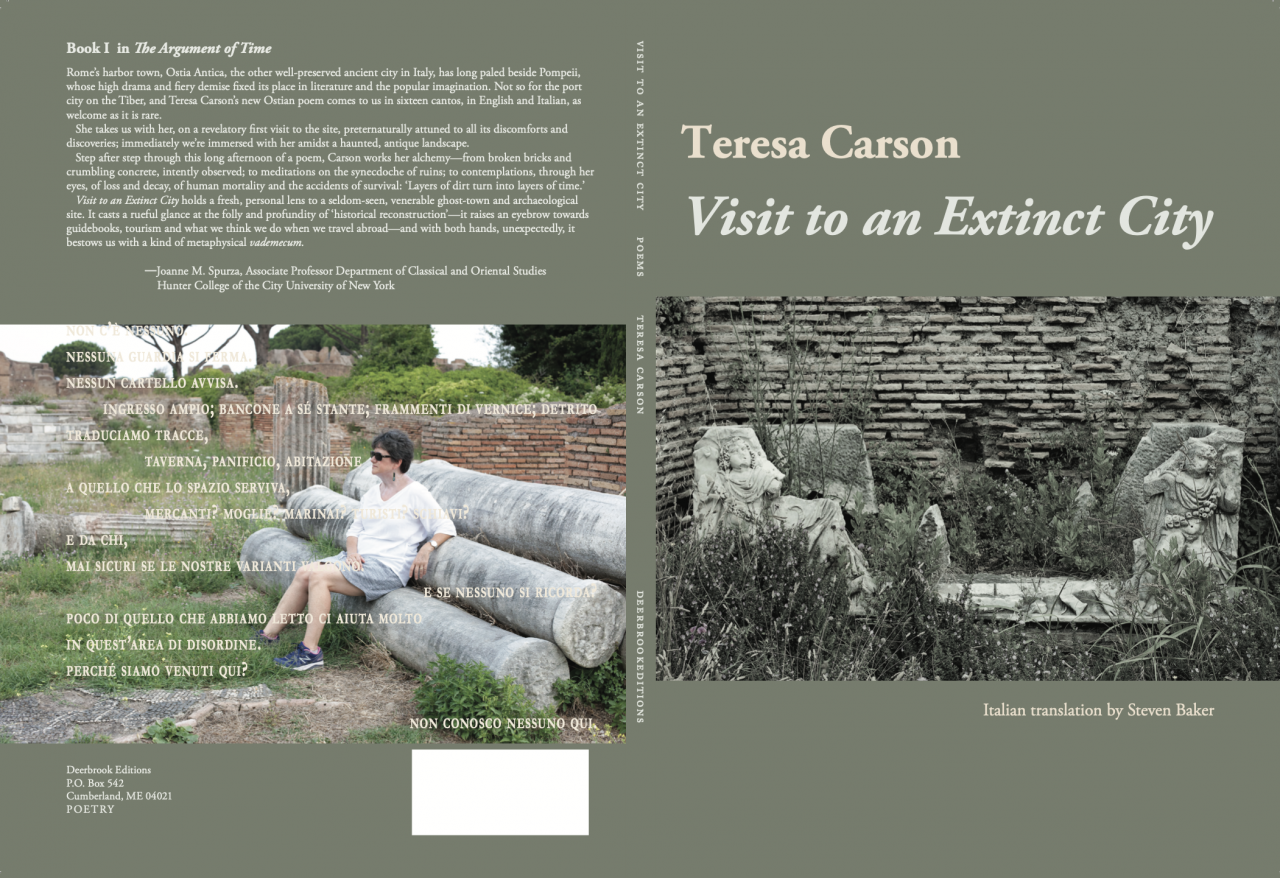How does poetry complement and influence other art forms?
Every great work of art, in any form, attempts to give viewers/readers/listeners access to the eternal truths that exist underneath the world of appearances; therefore, all art forms complement each other. Furthermore, I believe that multi-disciplinary collaborations, live or not, have the power to influence, even expand, one's work in unexpected ways … and that's always a good thing!
Why is poetry important to our lives?
Sometimes I jokingly call poetry the "cod liver oil" of the arts because people are always insisting, "it's good for you," which, in my opinion, carries an unspoken, "you won't like it because poetry tastes terrible." But, as William Carlos Williams wrote, "It is difficult/to get the news from poems/yet men die miserably every day/for lack/of what is found there." So what IS found there? Awe. Wonder. Eternity. Connection. Soul. The trick is finding the poems with which you can have a deep conversation.
You describe poems as "conversations." What do you mean by that?
For most of us the way in which we were taught to approach a poem was with one question: What does this poem mean? As if the reader's sole role is to break poem's code. This approach not only disregards the complexity and depth of a poem, but also ends up making us feel stupid when we can't crack it. So I'm a mission to teach those who have been shying away from poetry, and to expand the tool-kits of existing readers, a far more accessible approach which consists of entering into a deep conversation with a poem. In this approach the reader doesn't interrogate the prisoner-poem until it gives up its secret; instead the reader deep listens and pays attention to every aspect of the poem (including punctuation and spaces). In time the reader will discover the multiple and varied layers of meaning inherent in the poem.
Serendipity on a visit to Ostia Antica, an extinct city near Rome, inspired you to write a series of books about that experience. What was so inspiring about that singular event?
It's difficult for me to talk about what happened at Ostia Antica on that day in 2014 because I don't actually know what happened. The outing was planned as a perfunctory visit in order to check "extinct city" off of my sightseeing list. But the place had other plans. Here's the best way to explain my experience: as soon as I walked into the Porta Romana entrance, everything in the place started talking to me. Does that sound somewhat wackadoodle? Trust me, going through the experience felt even more wackadoodle! We ended up spending hours roaming in and around the extensive ruins.
By the time we arrived back in New Jersey, where we were living at the time, the titles of a five-book series based on Ostia Antica had already appeared in my head. I also knew that each book would be bi-lingual (English & Italian). Deerbrook Editions published Visit to an Extinct City, the first book in the series, in January. Lucky for me I have a publisher who is willing to commit to such an unusual poetry project!
You lived in the northeast most of your life before moving to Sarasota three years ago. Has that life change also influenced your poetry?
Oh, yes. Before moving to Sarasota I had lived exclusively in densely populated urban areas where nature was at a premium. Noisy, dirty cities were my natural habitat … and I loved them. Since my daily experiences become the source material for my poems, that urban environment is very much evident in my first three books.
But Sarasota opened my eyes to the beauty of sky and clouds, birds and flowers, water and sand. I almost fell to my knees in astonishment the first time I saw a fox on my morning walk! I'm currently collaborating with fellow Arts Advocates member Leslie Butterfield, a visual artist, on Seven Sacred Pauses, which is a series of 8 paintings and poems based on the beauty of the natural world in this area.
What are your plans for Arts Advocates to encourage more people to read and enjoy poetry?
As mentioned earlier, I'm on a mission to engage people in the conversation of poetry because "what you find there" can change your life. For Arts Advocate members, I'm open to suggestions—possibilities include a talk, a workshop, or a reading. Additionally, members may receive my weekly "poetry blast," la poesia della settimana, by providing their email addresses to teresa@teresacarson.com. To find out more about me, my work, or my ideas about engaging in a conversation with poetry go to www.teresacarson.com or CavanKerry Press Teresa Carson on Poetry
Part X (From Visit to an Extinct City)
O Ostia of uneven surfaces, where Romans walked; we walk; others will walk.
Sea, sun, the soul, and desire linger in your temples.
What votive offerings may new ghosts bring to old?
Fresco fragments, which never again will be a whole, cling to your walls.
The "day's work" of its artist decayed.
He lived, his name lived, his memory lived for years but not beyond.
Ostia of erasure, letters on a torso sink into stone.
What words did they make? What sentences? Who was meant to read them?
Were they meant to be funny? Angry? Sad? Profound?
Tell us. We'll understand.
Landscape of incomplete, of unswept, of cut open, of gone.
O Ostia, how can you bring us back to before when there's so much after?
